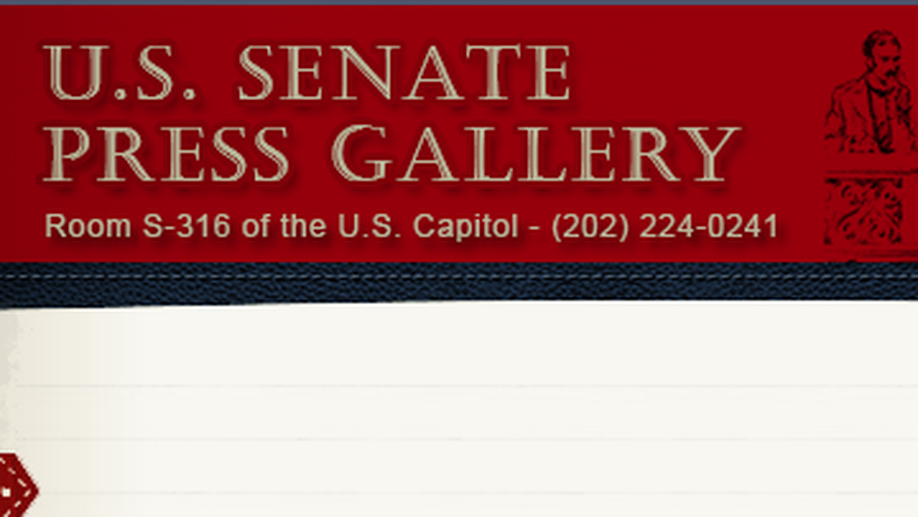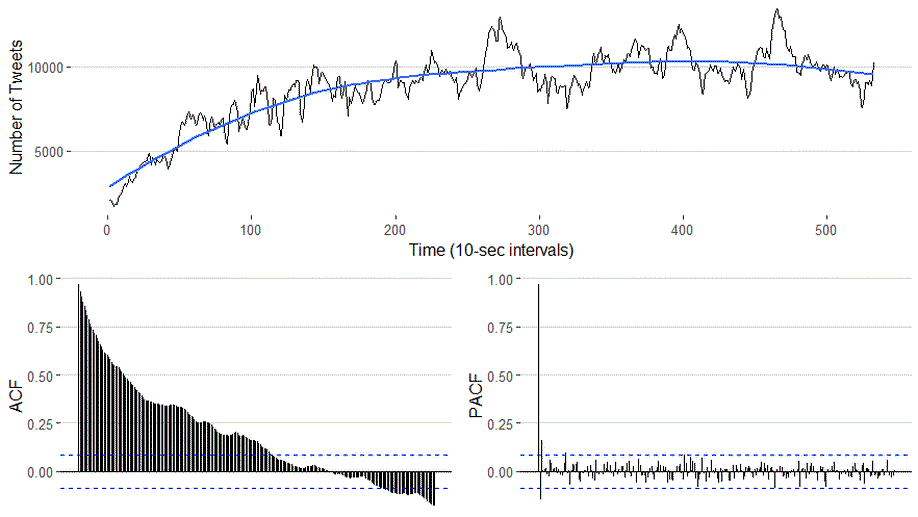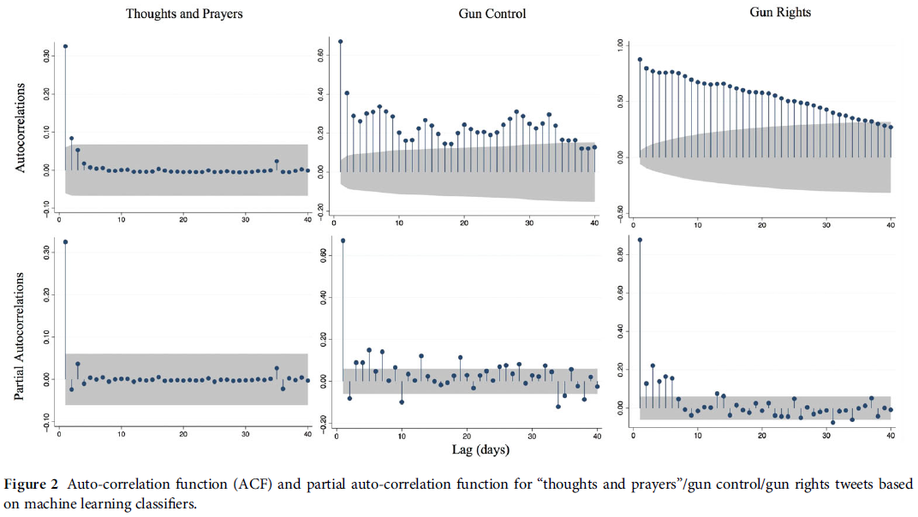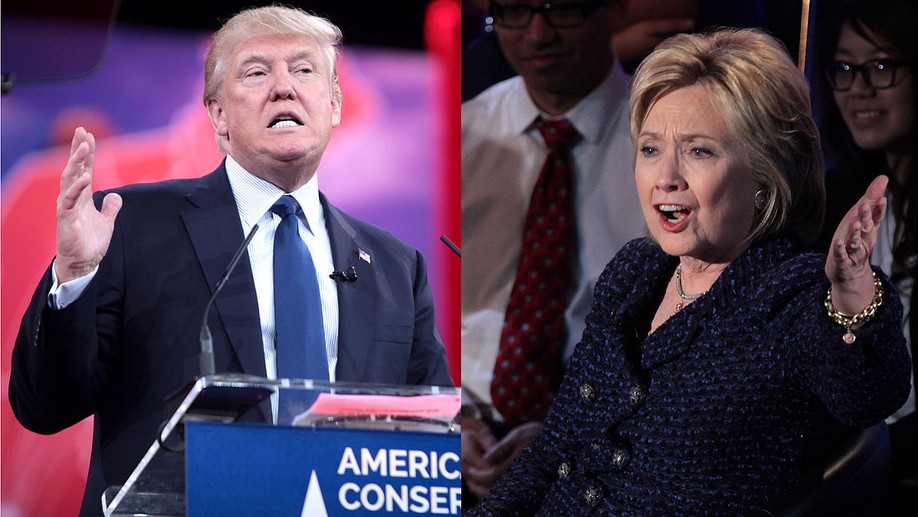Jordan M. Foley
PhD Candidate | Assistant Director of Debate
School of Journalism and Mass Communication, University of Wisconsin-Madison
Biography
I am a doctoral candidate in the School of Journalism and Mass Communication at the University of Wisconsin-Madison, where I also serve as the Assistant Director of the UW-Madison debate team.
My research agenda is centrally motivated by a desire to understand the flow of politial information through digital communication ecologies over time and study their implications for democratic governance. In particular, I’m interested in how political narratives travel across platforms and influence audiences and public opinion over time. My dissertation approaches these issues by theoretically reframing and empirically testing the uptake of conspiracy theories in contemporary communication ecologies. Specifically, I develop a technique for identifying conspiratorial content across media platforms and analyze the flow of conspiratorial narratives using mass shooting events in the United States as case studies. This work is part of a broader research agenda encompassing two lines of inquiry.
One strand of this research uses computational methods to classify and analyze the dynamics of social media messages and news coverage following contentious political events. The motivating questions center on how key features of these events shape the contours of the broader media environment. A second strand of this research is more qualitative and theoretical, seeking to understand how fringe actors within these communication ecologies build journalistic authority and influence the dynamics of the information environment. Building upon these two strands of work, I extend this research using surveys and experimental designs to understand the interplay of this political information environment with individual and group level media consumption patterns and political attitudes.
I’ve been a debate coach and instructor for over a decade at the high school level and an intercollegiate coach for six years. After coaching high school national debate champions in 2010 and 2011, I became a full-time assistant coach at the University of Michigan before entering graduate school at Wake Forest University. I have work as an instructor and lecturer at the 7-week seniors program at the University of Michigan National Debate Institutes every summer for the past decade.
Interests
- Political Communication
- Media Sociology
- Political Psychology
- Journalism Studies
- Rhetoric
- Computational Methods
- Time Series Analysis
- Basketball
Education
PhD in Journalism and Mass Communication, expected, 2020
University of Wisconsin-Madison
MA in Communication Studies, 2015
Wake Forest University
BS in Political Science, 2012
Missouri State University



